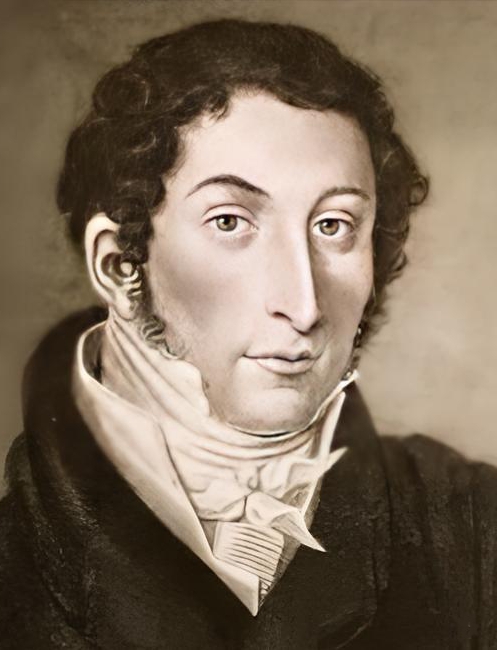Weber Quintet
Carl Maria von Weber
Clarinet Quintet in Bb Major Opus 34
Carl Maria von Weber’s Clarinet Quintet, Opus 34 is a timeless piece of chamber music that has captivated audiences since its completion in 1815. Written for two violins, viola, cello and clarinet, the work is a unique combination of classical and romantic styles.
The quintet has been praised for its intricate melodies, beautiful harmonies, and delicate textures. It is a piece that can both move and inspire listeners. The first movement of the quintet sets the stage for the rest of the work and contains some of Weber’s most memorable melodies. The second movement is full of energy and joy, while the third movement is a graceful and dreamy waltz. The fourth and fifth movements contain some of Weber’s most passionate and powerful writing. All five movements, when taken together, offer a thrilling journey into a world of beauty and emotion. It is no wonder why Weber’s quintet is still enjoyed and performed by musicians today.

Overview of C M von Weber.
Carl Maria Friedrich Ernst von Weber was a multi-talented musician, having been a conductor, pianist, guitarist, critic, and one of the first outstanding composers of the Romantic era. He was born in Germany in the year 1786, in a family celebrated for its music background. Unfortunately, he was born with a disability in the hip which caused him to walk with a limp for the rest of his life. Weber learned to play the piano when touring with his father’s theater group. His half-brother, Fridolin, taught him while on the road, and local instructors gave him lessons wherever the company stopped. Despite this unconventional way of learning, Carl became a remarkably talented pianist. Moreover, his peculiarly lengthy thumb enabled him to play notes which were significantly apart.
In 1810, when Carl was 23 years old, he announced that he was “born for the second time”. He was a highly spirited and attractive young man who traveled all around Europe, obtaining musical knowledge from renowned teachers (such as Michael Haydn, younger brother of Joseph Haydn) in each place he visited. Throughout his vocation, Carl functioned as the Music Director of several opera houses, namely Breslau, Prague, and Dresden.
He is particularly praised for his wonderful, virtuosic compositions for clarinet, including this quintet, opus 34, and for setting the standard for German romantic operas. His music inspired many later composers, such as Wagner, Berlioz, Hindemith and Debussy.
Description of the Five Movements
- The first movement of the clarinet quintet sets the tone for the whole work with its opening movement, “The Hunt.” The clarinet explores a Romantic soundscape full of energy, emotion, and passion in this movement.
- The music is full of forward momentum and delightful melodies and harmonies, creating a euphoric experience.
- The music is full of forward momentum and delightful melodies and harmonies, creating a euphoric experience.
- This minor key section allows the clarinet to explore a more melancholic soundscape. This movement has been praised for its catchy melodies, well-crafted harmonies, and exciting energy.
- The second movement of Weber’s quintet is full of joy. The music is full of energy, yet it also has a gentle and dreamy quality.
- His performance experience with Doch tied into his post-graduate studies in Romanian Folk music at UQ.
- The third movement of the Weber quintet is a graceful and dreamy waltz. It is full of gentle melodies and delicate textures. It has an especially peaceful quality, which has earned it the title “Meadow Waltz.”
- Michael has been a teacher of strings and ensemble director at Brisbane Girls Grammar School.
- He has also taught strings at Brisbane Boys Grammar School, and St Lawrences College in South Brisbane.
- The fourth movement is full of passion. It begins with a playful and energetic opening and then transitions into a more passionate and rhythmic drive.
- The last movement is a playful and harmonic rondo with a bright and happy feel. Many praised this movement for its harmonic clarity, lively melodies, and textures, one of the most memorable parts of the Weber quintet.